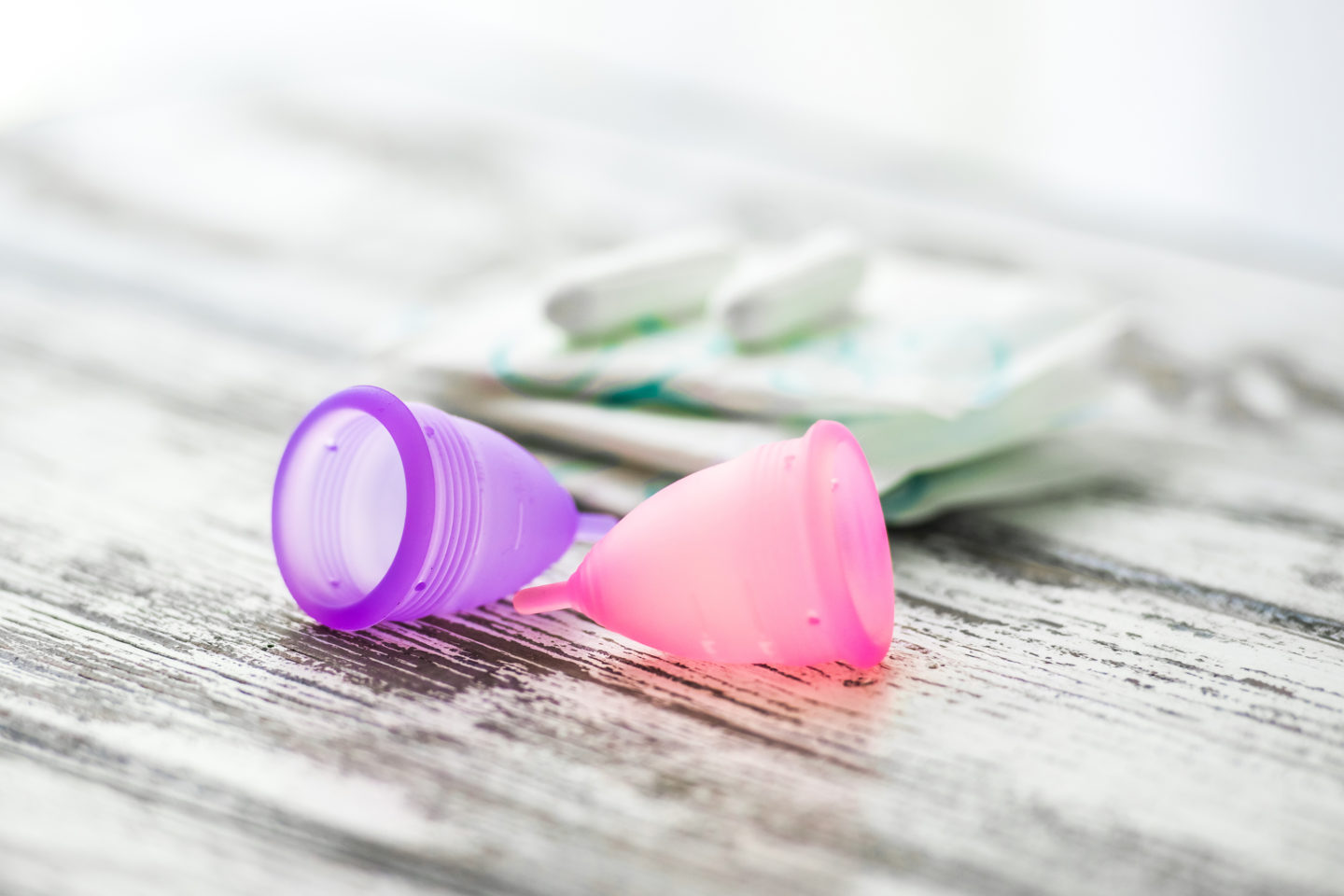Gone are the days of traditional pads and tampons.
One defining quality of 2016 was the increased popularity of traditional menstrual cycle product alternatives. Women who were hesitant to use products that included carcinogenic substances, dioxins and other harmful chemicals, made the switch to organic or natural alternatives. For those who cited environmental issues as a reason for the switch, they were not off-base to do so.
According to Elissa Stein’s Flow: A Cultural Story of Menstruation, the average woman will throw away 250 to 300 pounds of “pads, plugs, and applicators” over the course of her lifetime. These products will take hundreds of years to biodegrade in landfills, especially if they remain wrapped in the plastic packaging that they came in.
Regardless of why you’re choosing to make the switch to organic or natural products, your vagina will thank you for getting rid of products whose synthetic materials could irritate sensitive vaginal skin, cause rashes or uncomfortable itching.
Sea Sponge Tampons
Retailers claim that these small sponges, which have a lifetime of at least six months, are able to conform to the unique shapes of women’s bodies.
Dr. Raquel Dardik, a gynecologist at the Joan H. Tisch Women’s Health Center at NYU Langone Medical Center, urged women to try sea sponges as an alternative to tampons in an interview with Mashable.
“A tampon is just a piece of cotton that’s shaped so that it absorbs blood so that it doesn’t come out,” Dardik said. “In that sense, menstrual sponges are doing exactly the same thing because that’s what sponges do.”
Of course, there are downsides to this seemingly revolutionary concept. First of all, these sponges require incredibly diligent upkeep, meaning that they must be washed, cleaned and sterilized frequently. No matter how thoroughly cleansed retailers claim the sponges to be, there is no such thing as over-cleaning something that had a past life under the sea.
Menstrual Cups
The DivaCup is perhaps the most recognizable brand-name for menstrual cups. These small silicone cups sit at the base of the vaginal canal, collect menstrual flow and can be worn 12 hours at a time. Because they are made from rayon, DivaCups are plastic-free and BPA-free. Menstrual cups are reusable, which saves the consumer money and creates less waste for the landfills.
Cloth Pads
For some people, using cloth pads sounds daunting but as long as you make sure to wash each pad after each use, it’s not that much different from using a disposable pad. These reusable pads are typically made from organic cotton and are environmentally-friendly because they don’t have any extra packaging or waste.
Brands such as Pink Daisy and Sckoon sell these products but homemade pads can be found on Etsy or other crafting sites. For the DIY-inclined, Pinterest offers tutorials for how to make your own.




comments